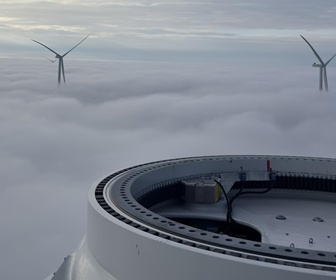The world’s capacity to generate renewable electricity is expanding faster than at any time in the last three decades. The amount of renewable energy capacity added to energy systems around the world grew by 50% in 2023, reaching almost 510 gigawatts (GW), with solar PV accounting for three-quarters of additions worldwide, according to Renewables 2023, the latest edition of the IEA’s annual market report on the sector.
The largest growth took place in China, which commissioned as much solar PV in 2023 as the entire world did in 2022, while China’s wind power additions rose by 66% year-on-year. The increases in renewable energy capacity in Europe, the United States and Brazil also hit all-time highs.
The report shows that under existing policies and market conditions, global renewable power capacity is now expected to grow to 7300 GW over the 2023-28 period covered by the forecast. Solar PV and wind account for 95% of the expansion, with renewables overtaking coal to become the largest source of global electricity generation by early 2025.
What is needed to triple renewables by 2030 varies significantly by country, region and technology. The report lays out an accelerated case in which more rapid policy implementation drives renewable power capacity growth 21% higher than in the main forecast, which would push the world towards being on track to meet the global tripling pledge.
Solar PV and onshore wind deployment through 2028 is expected to more than double in the United States, the European Union, India and Brazil, compared with the last five years. Prices for solar PV modules in 2023 declined by almost 50% year-on-year, with cost reductions and fast deployment set to continue.
By contrast, the wind industry (outside of China) is facing a more challenging environment due to a combination of ongoing supply chain disruption, higher costs and long permitting timelines, which require stronger policy attention. ‘
The report also provides a reality check on the momentum behind renewable-based hydrogen, assessing how many announced projects are likely to go ahead. Of all the projects announced worldwide to use renewables to produce hydrogen this decade, only 7% of the proposed capacity is expected to come online by 2030. The slow pace of projects reaching an investment decision combined with limited appetite from off-takers and higher production costs have led to slower progress on many projects. To fully convince investors, ambitious project announcements will have to be followed by consistent policies supporting demand.










